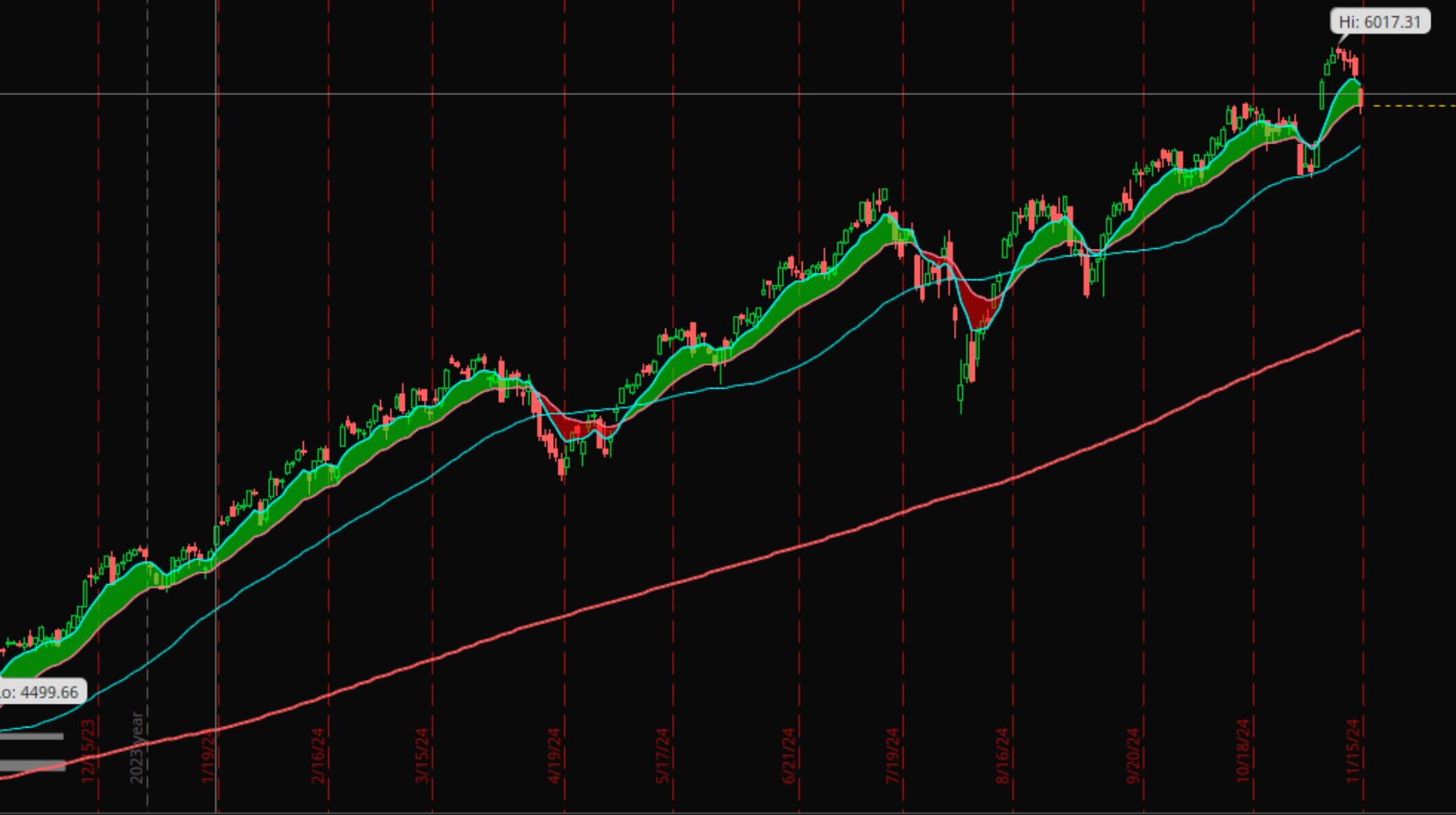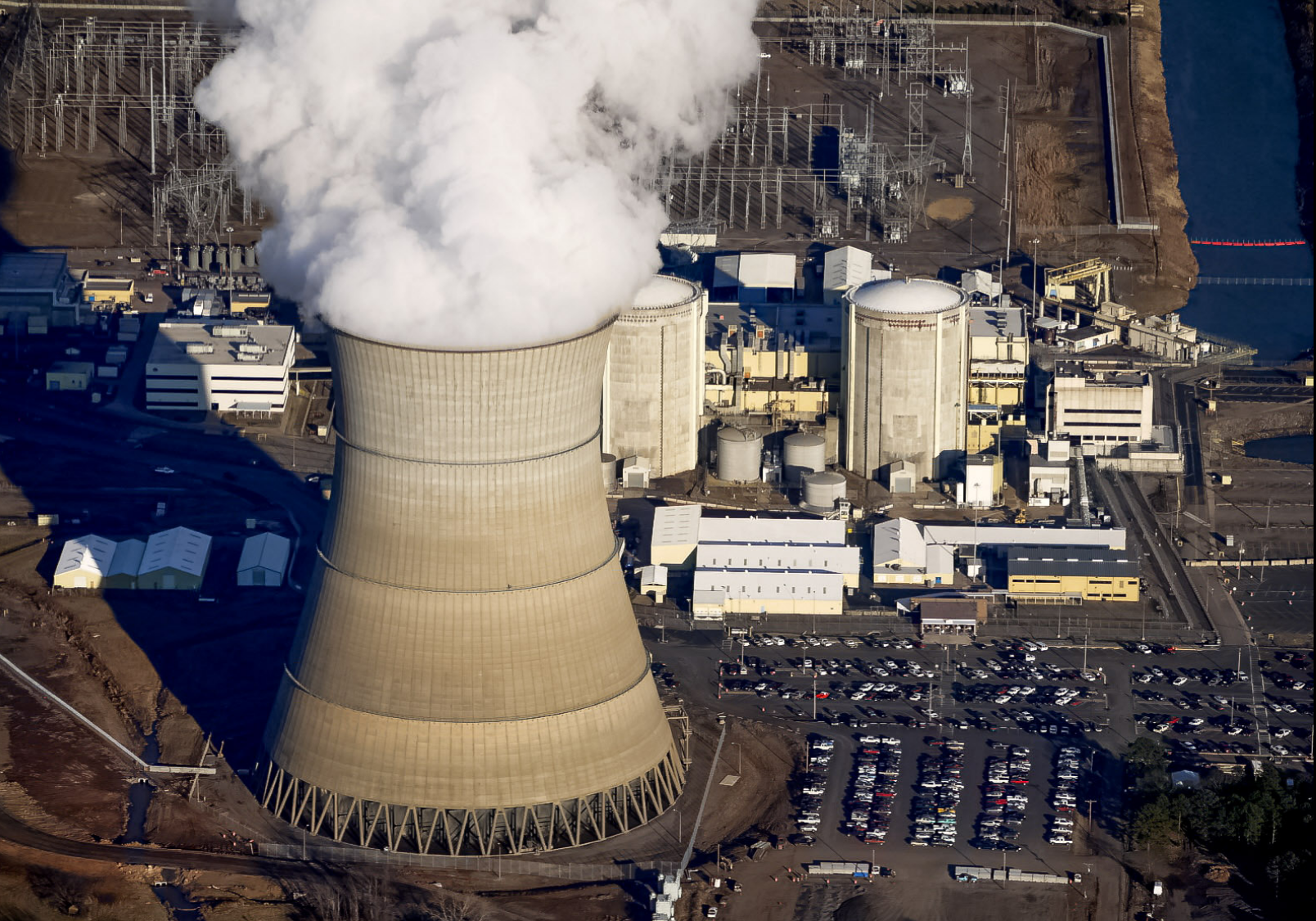When people bring up Cameco (CCJ), they’re usually talking about uranium. Cameco is one of the largest uranium producers in the world, and its stock often rises and falls with the price of uranium. While its assets are world-class, it’s still a commodity company — meaning profits depend on a volatile market outside management’s control.
For long-term investors, that’s not an ideal setup. Commodities go through booms and busts. True wealth-building comes from owning companies that can compound earnings year after year, regardless of commodity swings.
If you’re interested in the future of nuclear and clean energy, there are better ways to play the theme — especially by investing in world-class companies with durable moats and multiple growth engines.
1. Utilities & Operators
Instead of mining uranium, look at the companies that generate electricity from nuclear plants:
- Constellation Energy (CEG) runs one of the largest nuclear fleets in the U.S.
- These businesses earn money by selling power through contracts, giving them more stable and predictable revenues.
- They benefit directly from higher demand for clean, reliable baseload power without being tied to uranium prices.
2. Nuclear Technology & Services
Think of these as the “picks and shovels” providers in nuclear:
- BWX Technologies (BWXT) builds reactors and key components, including for defense and small modular reactors (SMRs).
- Westinghouse services and maintains reactors worldwide, providing recurring revenue streams.
These companies don’t rely on commodity swings. Their revenue is tied to long-term service contracts, manufacturing expertise, and regulatory moats.
3. Clean Energy Infrastructure
The clean energy transition is broader than just nuclear:
- NextEra Energy (NEE) and Brookfield Renewable (BEPC) are leaders in solar, wind, and hydro.
- Linde (LIN) and Air Products (APD) are building hydrogen infrastructure and carbon-capture solutions.
These firms have durable competitive advantages: scale, capital access, customer relationships, and strong positions in regulated or hard-to-replicate industries.
4. Fusion Energy & Big Tech Optionality
Pure fusion startups (like Helion, Commonwealth Fusion, TAE) are still private, but the tech giants are already securing exposure:
- Amazon (AMZN)
- Invested in X-energy (advanced SMRs) and partnered with Energy Northwest to deploy SMRs.
- Signed long-term nuclear power agreements with Talen Energy, locking in carbon-free baseload power for its data centers through 2042.
- Co-locates data centers near nuclear plants to ensure reliability.
- Through AWS, Amazon supports nuclear R&D with AI and cloud computing.
- Microsoft (MSFT)
- Signed a groundbreaking deal with Helion Energy to purchase fusion power by 2028.
- Uses Azure cloud and AI to help accelerate advanced energy R&D.
- Google (GOOGL)
- Provides AI and cloud computing for national labs and fusion startups.
- Invests in clean energy PPAs and next-generation grid technologies.
These companies don’t just “dabble” in nuclear — they use it to secure their long-term energy needs, reduce carbon footprints, and create new business opportunities.
Why Giants Like Amazon, Microsoft, and Google Are Better Plays
Unlike a uranium miner, these companies offer:
- Multiple Revenue Streams: Nuclear is just one part of their business. They also dominate cloud computing, e-commerce, advertising, or productivity software — all of which are recurring and high margin.
- Pricing Power: They set terms with customers and capture value from their scale and network effects. Miners, by contrast, are price-takers.
- Financial Strength: These giants have the balance sheets to fund multi-billion-dollar energy projects without risking survival. That’s a luxury miners don’t have.
- Strategic Optionality: They benefit from many energy innovations at once — nuclear, renewables, AI-driven grid management — not just a single commodity.
- Long-Term Growth: Their investments in energy security strengthen their core businesses (e.g., cloud, AI, logistics), which compounds shareholder value.
Comparison: CCJ vs Better Energy Plays
| Aspect | CCJ (Uranium Miner) | Better Indirect Plays |
|---|---|---|
| Revenue Driver | Uranium spot & contract prices | Power sales, services, infrastructure, technology |
| Business Model | Commodity extraction | Compounding businesses with recurring revenues |
| Moat | Limited (quality deposits only) | Strong (scale, regulation, technology, capital) |
| Volatility | High – tied to commodity cycles | Lower – diversified across customers & sectors |
| Examples | Cameco (CCJ) | CEG, BWXT, NEE, LIN, APD, AMZN, MSFT, GOOGL |
| Investor Fit | Traders/speculators | Long-term compounding investors |
Bottom Line
If you believe in the long-term future of nuclear and clean energy, speculating on a mining stock like CCJ is not the only option. A smarter approach is to own the builders, operators, and enablers — utilities, infrastructure leaders, and tech giants like Amazon, Microsoft, and Google.
These companies combine energy security with multiple growth engines, giving you exposure to the future of power while also compounding earnings in ways commodity miners never can.












Leave a Reply